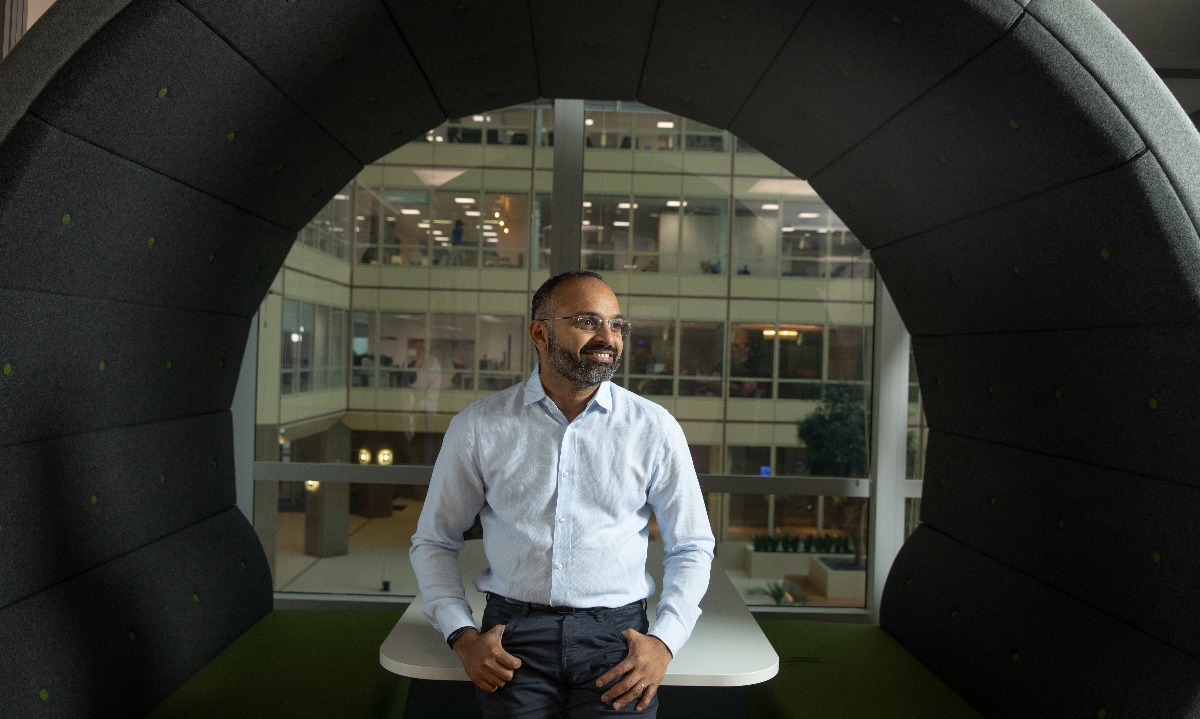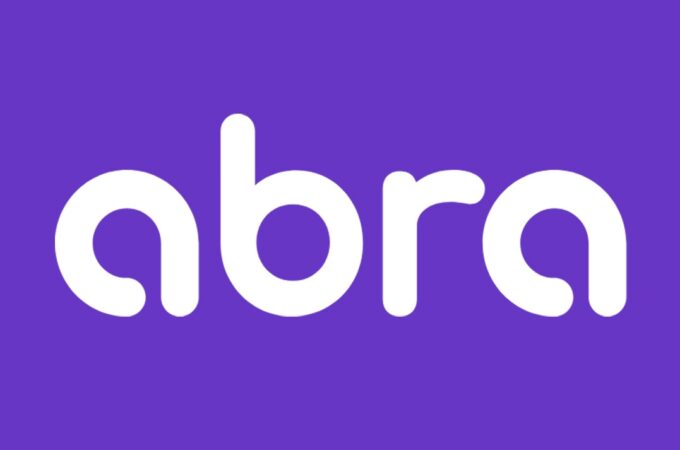
Zopa CEO Jaidev Janardana: How our neo bank will deliver 10x revenue growth
via AltFi
Few expected the coronavirus to have such a cataclysmic effect on normal life but that’s not to say some companies did not plan for something approximating its disruption.
Zopa’s CEO Jaidev Janardana says the speed of the crisis was a surprise for many, including the world’s first fintech lender. Moving everybody out of their London and Barcelona offices happened over the course of just three days in mid-March when things started to get serious.
As the first peer-to-peer lender, having launched in 2005, it has seen out one major global financial crisis already. It is principally a consumer lender but was poised to launch the biggest strategic shift in its history: a ‘next-generation digital bank’ after 4 years of preparation. COVID-19 could have been enough to knock its pivot off course.
The launch earlier this month, which could prompt Zopa to move on entirely from its peer-to-peer lending origins, which operate as a profitable business, was arguably not ideally suited to a pandemic. But the firm already had a plan.
“One of the planning exercises we had done was a pandemic and how would we actually operate in a pandemic. So, there was a bit of a runbook that said here’s how we respond to something like this. That was very helpful,” he said.
Janardana, who cut his teeth at Capital One alongside Monzo’s new CEO TS Anil, told AltFi in a recent interview over Zoom, in the week that its first staff started returning to its offices, that the coronavirus did not, in the end, stall its bank launch.
“It was the 15th, or the 16th of March, something like that. We just said: We are shutting down the office,” he said.
Such a move was essential but difficult for nearly all firms, even fintechs who had teams versed in ‘agile’ working practices and digital communication methods. For those planning to launch a new bank, after a long wait, which included a delay to its license and a down round in funding, this was more than a test of mettle.
Janardana is optimistic that COVID-19 will not de-rail the new bank’s long term plans either and that the firm will roll out several new products over the next year that will do that sometimes-elusive thing in fintech. Make some serious cash.
“More products allow us to reach out to more customers or do more with our existing customers. The bank allows us more revenue growth. It is our ambition to increase revenue another tenfold over the next five years or so,” he said.
“As people restart their lives and the economy kicks back, there will be more demand for credit, which we will be in a good place to give. We are freshly capitalised as a bank and almost uniquely well-positioned to actually serve a growing demand for responsible credit in the coming years,” added.
“This as an event that could lead to more acceleration for the business,” he said.
Regular readers will note that the decision to launch a bank by Zopa in 2016 was one that split the nascent fintech industry as the likes of Monzo, Starling and Revolut began to ascend to the top table long occupied by non-bank lenders such as Zopa, Funding Circle and RateSetter.
In fact, it was the title of a memorable debate at the AltFi London Summit 2017 between Janardana and Funding Circle CEO Samir Desai.
Zopa will launch savings accounts this year, followed by a credit card. In the future, he expects all credit card financing to done via the bank and a lot of its auto finance book also to be funded by the bank as well as the consumer loans.
These moves Janardana says will soon start to feed into the bottom line, eclipsing its existing P2P lending business as a revenue driver.
The key thing to note, however, is that the bank can have a lot more revenue than the peer-to-peer arm has because of the fact Zopa will be keeping all the interest revenue, as well as taking credit losses.
“I expect the bank to overtake peer-to-peer side in revenue terms in the next 12 to 18 months because of the combination of those two factors,” he said.
But how will Zopa compete in such a crowded space as UK digital banking? They are not yet fully planning current accounts for one.
Janardana says owing to COVID-19 we are seeing an acceleration of people being more comfortable with digital banking and use of digital channels to access financial services but that many firms have not prioritised monetisation, instead focusing on growth
“In the last few years, there’s been a huge amount of capital that has been far more focused on growth. In general, fast-growing companies attracted more capital. I expect some of that focus shifts away from only growth to growth and sustainability, growth and profitability,” he said.
“That often happens in an economic crisis. Investors start to look at not just growth, but how would an organisation monetise that growth? That shift should definitely benefit the likes of Zopa oriented on the tried and tested strategy around lending,” he added.
He expects some of these business models to change. Out of it will then emerge a few players who have stayed true to the idea of providing something good value for the customer and being on the cutting edge of technology, whilst making sure that they are sustainable and profitable in the long term.
“For me would be the would be almost the maturity of the fintech revolution,” he said.
Janardana notes that being ex-Capital One, sowed the seeds of disruption in his career, and says he regularly catches up with the likes of TS Anil.
“There are a lot of capital one folk in the US and the UK and if you look at most fintechs, you’ll find an ex-Capital One person doing some stuff.”
There are two things that probably contribute to that, he says. One is that Capital One was focused on ensuring that they got the best talent from around the world.
“People like me; they actually came to India to recruit us. Not a lot of retail banks went that far and that hard to make sure that we got the right talent,” he said.
Second, there was a culture of acute analysis and really using data to understand new insights.
“A good fintech should be able to do two things – ideally three things – but at least two things well. One, have good technology, but also two use data to make better customer propositions.”
“Having that focus on data meant that a lot of people at Capital One would be well suited to fintech.”
Appy ever after
A subtle but key part of Zopa’s new strategy focuses on making more of its app, a dynamite source of data, that pure peer-to-peer lenders have shown less propensity to pursue.
“I see that ecosystem has already been present and continues to evolve. As we go multi-product, I think it becomes more powerful. We are coming to a place where probably more than half our logins are actually through the app rather than to the internet. We are seeing a change in customer adoption”
More products mean more time spent on the Zopa app. This will include existing consumer loans, auto finance, savings accounts and a credit card as well as its own free credit scoring system. This new Zopa ecosystem could also have open banking functionality.
“I’ve been always been very optimistic about open banking in the long term and somewhat pessimistic in the short term. Open banking did not make a huge dent in the first year or two.”
Partly this was to do with technology not performing the way it’s supposed to perform with the APIs from banks being available and easy to use, Janardan says.
“I think those wrinkles mostly got sorted out, and it’s still improving. It got to a good place last September. I think the second thing was about customers getting comfortable with it, and customer adoption happening, and we started to see some of that changing. Again, I see COVID as a way of accelerating some of those changes.”
“For lenders, for example, to make appropriate credit decisions and affordability, it would be important to understand the customer’s financial position more so than I would expect that more lenders would be looking to leverage open banking, given the uncertainty.“
COVID-19 clearly represents uncertainty in its most extreme form. For lenders, particularly one that has already weathered the 2008 storm, this might just be a good thing.




